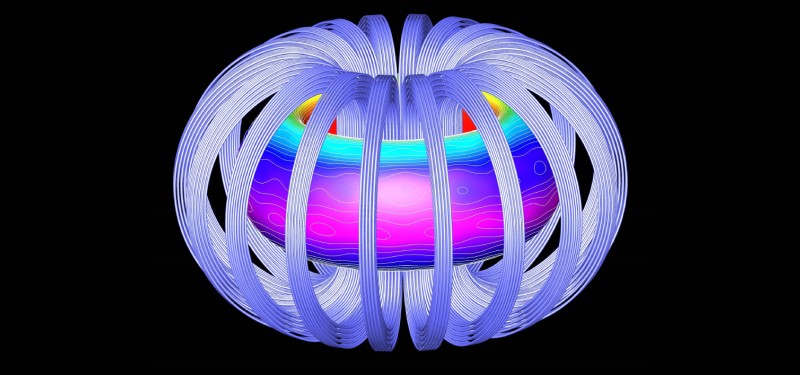We are surrounded and bombarded by radiation every day. Radiation is what heats up the earth, allows us to listen to the radio, and make calls or Skype and Snapchat on our phones. Most of the radiation that we are exposed to is not actually harmful, but some substances and materials that give off radiation are, and they can cause very serious health problems. The difference between harmful and benign radiation lies in the radiation waves’ frequency and whether or not it is ionizing radiation.
At UEW Healthcare and Four Corners Health Care, we are concerned with the causes of radiological cancers, or cancers caused because of high exposure to ionizing radiation. While we offer free home healthcare services to EEOICPA and RECA beneficiaries, we have a keen understanding of radiological cancers and their causes, which we detail in this article for anyone concerned about occupational exposure to dangerous ionizing radiation and the impacts it has on health.
Understanding the Basics of Radiation
Radiation is, at its core, just another term for the emission of energy. Every substance in the universe emits some type of energy, so even as you are sitting at your computer, you are a source of radiation as well as everything around you. Any radiation can be high energy or low energy, so while you may give off low energy radiation we also refer to as ‘body heat’, the sun gives us much higher energy radiation that warms the earth. The higher energy of radiation, the more likelihood there is for potential danger. While we know that your low-energy radiation body heat won’t hurt anyone (maybe just make someone uncomfortable when they sit in a chair after you), the sun’s high-energy radiation can cause sunburns, blisters, and even skin cancer after prolonged periods of time. The more energy, the more potential for harm.
Types of Ionizing Radiation
Ionizing radiation refers to the high-energy radiation that some sources emit. While it isn’t necessarily important to understand the process of ionization in detail, suffice it to say that sources that give off ionizing radiation have the ability to change the cell structures in our bodies, often resulting in cancer if exposure is prolonged or more direct. While cells are generally very good at repairing themselves after being damaged, ionizing radiation can cause manipulations in our DNA where cells stop functioning altogether and begin splitting at uncontrollable rates. Ionizing radiation is at the heart of most occupational cancers and is the result of radioactive decay where heavy metals are breaking down and expelling large amounts of high-energy radiation. Some types of ionizing radiation include:
- Alpha particles
- Beta particles
- Neutron particles
- Gamma rays
- X-rays

Types of Non-Ionizing Radiation
Lower-energy particles and waves act in a completely different way when it comes to how they affect our bodies. Low energy radiation doesn’t have the capacity to change our molecular structure, making us impervious to any adverse side effects (as far as medical professionals and scientists know as of right now, anyway). Non-ionizing radiation does not cause cancer, therefore, and is thus not responsible for any of the negative connotations surrounding the word “radiation”. Some common types of non-ionizing radiation include:
- Heat
- Radio waves
- Visible light
- Microwaves
Getting Help with Radiologic Cancers
If you were exposed to any high-energy emitting sources for your work as a laborer of the DOE or any of its subsidiaries and contracted a chronic disease or life-threatening cancer, you qualify for DOL EEOICPA and RECA benefits, including lump-sum payouts and free, ongoing home healthcare services. We hope the information we provided you was education and compelling, and we strongly encourage you to make the call to consult with us about the benefits we can provide you or your loved ones.